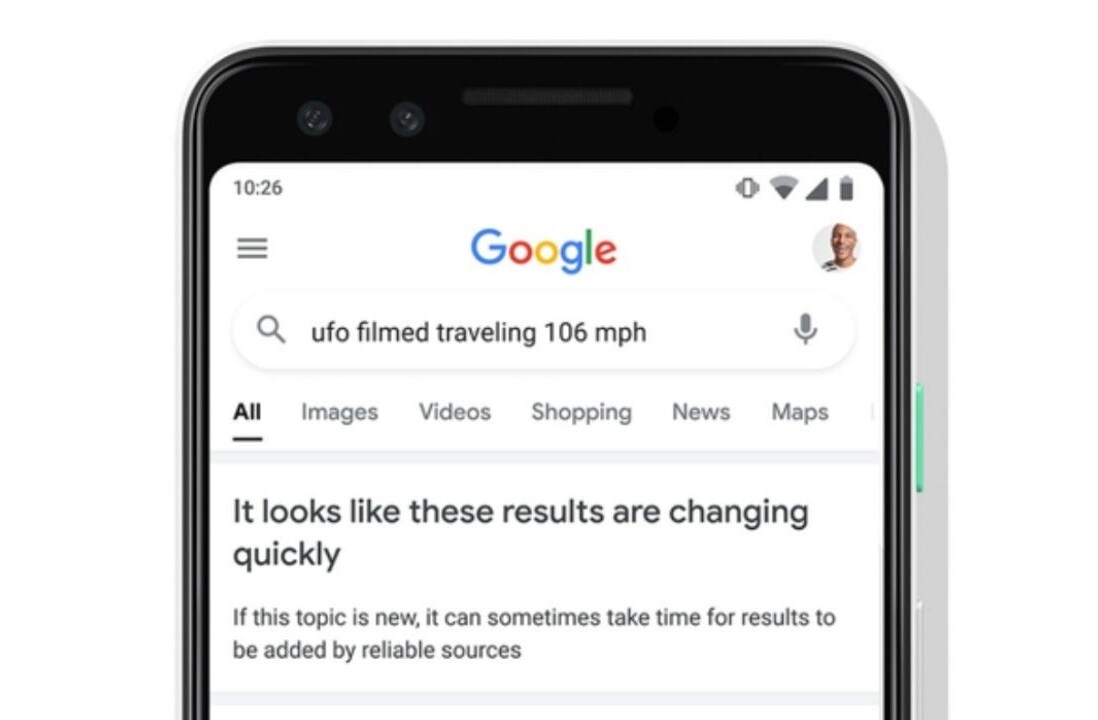
Online misinformation works, or so it would seem. One of the more interesting statistics from the 2019 UK general election was that 88% of advertisements posted on social media by the Conservative Party pushed figures that had already been deemed misleading by the UK’s leading fact-checking organisation, Full Fact. And, of course, the Conservatives won the election by a comfortable margin.
Internet firms such as Facebook and Google are taking some steps to limit political misinformation. But with Donald Trump aiming for reelection in 2020, it seems likely we’ll see just as many false or misleading statements online this year as in the past. The internet, and social media in particular, has effectively become a space where anyone can spread any claim they like regardless of its veracity.
Yet to what degree do people actually believe what they read online, and what influence does misinformation really have? Ask people directly and most will tell you they don’t trust the news they see on social media. And a landmark study in 2019 found 43% of social media users admitted to sharing inaccurate content themselves. So people are certainly aware in principle that misinformation is common online.
But ask people where they learned about the “facts” that support their political opinions, and the answer will often be social media. A more complex analysis of the situation suggests that for many people the source of political information is simply less important than how it fits with their existing views.
Spurious thinking
Research into the UK Brexit referendum and 2017 general election found that voters often reported making their decisions based on highly spurious arguments. For example, one voter argued that Brexit would stop the takeover of the British high street by foreign companies such as Costa Coffee (which was British at the time). Similarly, a Remain voter spoke of mass deportations of any non-UK born resident if the country left the EU, a much more extreme policy than anything actually put forward by politicians during the campaign.
During the 2017 election, various claims were made by survey respondents that unfairly questioned Conservative leader Theresa May’s humanity. For example, some falsely argued she enacted laws that led to flammable cladding being placed on the exterior of Grenfell Tower, the London block of flats that caught fire in June 2017, killing 72 people. Others called her Labour opponent Jeremy Corbyn a terrorist sympathizer, or a victim of a conspiracy to discredit him by the military and industrial elites. The common thread was that these voters gained the information to support their arguments from social media.
How do we explain the apparent paradox of knowing social media is full of misinformation and yet relying on it to form political opinions? We need to look more widely at what has become known as the post-truth environment. This involves a scepticism of all official sources of news, a reliance on existing beliefs and biases formed from deeply held prejudices, and a search for information that confirms bias as opposed to critical thinking.
People judge information on whether they find it believable as opposed to whether it is backed by evidence. Sociologist Lisbet van Zoonen calls this the replacement of epistemology – the science of knowledge – with “i-pistemology” – the practice of making personal judgements.
A lack of trust in elite sources, in particular politicians and journalists, doesn’t fully explain this large-scale rejection of critical thinking. But psychology can provide some potential answers. Daniel Kahneman and Amos Twersky developed a series of experiments that explored under what conditions humans are most likely to jump to conclusions about a specific topic. They argue intelligence has little impact on making ill-informed judgements.
Intelligence tests demonstrate the capacity to perform logical reasoning, but cannot predict that it will be performed at every moment it is needed. As I have argued, we need to understand the context of people’s decisions.

The average undecided voter is bombarded with arguments from political leaders, especially in marginal seats or swing states that can make a difference to the outcome of an election. Every politician offers a redacted account of their or their opponents’ policies. And voters are aware that each of these politicians is trying to persuade them and so they retain a healthy scepticism.
The average voter also has a busy life. They have a job, perhaps a family, bills to pay and hundreds of pressing issues to address in their daily lives. They know the importance of voting and making the right decision but struggle to navigate the contested election communication they receive. They want a simple answer to that age-old conundrum, who most or who least deserves my vote.
So instead of conducting a systematic critical analysis of every piece of evidence they encounter, they look for specific issues that they see as driving a wedge between the competing politicians. This is where fake news and disinformation can be powerful. As much as we like to think we’re good at spotting fake news and being sceptical of what we’re told, we’re ultimately susceptible to whatever information makes it easiest to make a decision that seems right, even if in the long term it may be wrong.![]()
This article is republished from The Conversation by Darren Lilleker, Associate Professor of Political Communication, Bournemouth University under a Creative Commons license. Read the original article.
Get the TNW newsletter
Get the most important tech news in your inbox each week.




